SuperEx丨Bitcoin Miners at a Crossroads: All In on AI or Expand the Market?
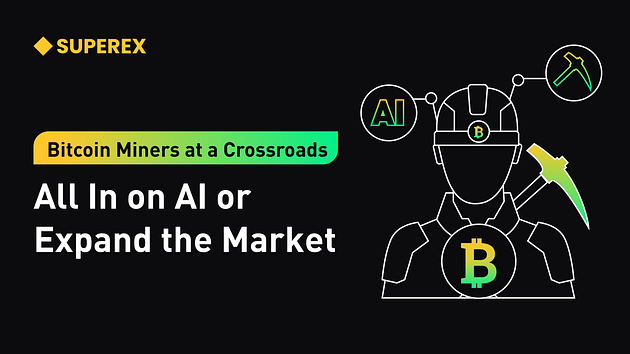
#SuperEx #Bitcoin #AI
Introduction
· Although traditional Bitcoin miners continue to expand their market share, investors are paying a premium for those venturing into artificial intelligence (AI) and high-performance computing (HPC) data centers.
· Marathon, Riot, and CleanSpark all reported higher production in September compared to August.
· Since the April halving, Marathon’s Bitcoin output in September exceeded that of any other month.
The global economy appears to be on a downward trend, affecting every industry, and Bitcoin (BTC) miners are not spared. In this era of shrinking profit margins, miners face a critical decision: If they choose AI or HPC as their development direction, their stock prices and valuations could see significant increases, but the cost would be abandoning traditional mining in the short term and making substantial capital investments. On the other hand, if they opt to remain traditional miners, they can maintain the ever-shrinking profits since Bitcoin’s April halving, but the price or valuation outlook may not be as favorable.
It’s a dilemma no one can avoid.
- Click to register SuperEx
- Click to download the SuperEx APP
- Click to enter SuperEx CMC
- Click to enter SuperEx DAO Academy — Space

The largest miners — MARA Holdings (MARA), Riot Platforms (RIOT), and CleanSpark (CLSK) — saw an increase in the total Bitcoin mined last month compared to August. However, the cost of this increased output came at the price of higher expenses to build larger-scale mining farms, creating a vicious cycle. Worse yet, the market isn’t rewarding this, with stock prices or valuations declining accordingly. Meanwhile, miners focusing on AI and HPC computing, such as Core Scientific (CORZ), TerraWulf (WULF), and IREN (IREN), have emerged as the winners.
Market Uncertainty and Miners’ Choices.
Expansion of Traditional Miners: Currently, major mining companies like Marathon, Riot, and CleanSpark continue to expand their mining farms and increase computing power to sustain Bitcoin production. However, this growth comes amid shrinking or even diminishing profits. Since Bitcoin’s halving in April 2024, mining rewards have decreased while electricity and equipment costs have not, compressing overall profit margins.
Attraction of AI and HPC: In contrast, companies focused on AI and HPC are rapidly rising, attracting more attention and premiums from investors. These companies are seeking more efficient business models by renting out data centers or providing computing power to AI firms. Companies like Core Scientific and TerraWulf have already gained a foothold in this field, further solidifying their market positions.
In the eyes of investors, the business model and profitability of traditional miners are gradually falling behind the times. Despite Bitcoin remaining the most valuable cryptocurrency globally, traditional miners will struggle to attract new capital if they do not adjust their business models. This shift is reflected not only in stock prices but also in the growing disparity in the market valuation of miners.
AI & HPC: A New Direction for Miners?
Boom of AI and HPC: Miners entering the AI and HPC computing fields are gaining greater market recognition. The rapid development of artificial intelligence is impossible to ignore, and this trend is quickly reaching the mining industry. By providing computing power for AI and high-performance computing, miners have found new uses for their existing infrastructure. This new market offers not only higher returns but also sustained growth potential. In 2024, the widespread application of AI led to a sharp increase in demand for high-performance computing power, and miners’ resources perfectly fill this gap.
Moreover, AI and HPC are not short-term trends; they are reshaping the foundational architecture of the entire technology ecosystem. Miners can enhance their profitability by leasing rack space to generative AI companies or serving industries requiring high computational power, such as drug development and climate simulation. This shift not only diversifies revenue streams but also reduces the risk of relying solely on Bitcoin price fluctuations.
Challenges in Reality: However, transitioning to AI and HPC is not without challenges. First, miners will need to make significant short-term capital investments to build new data centers or upgrade existing infrastructure. Additionally, this transition requires miners to develop more advanced technical capabilities to handle the complex computing needs of AI and HPC. Lastly, miners must quickly adapt to changing market demands as competition in the AI and HPC sectors is also fierce.
Market Outlook for Bitcoin Mining.
The decision to transition to AI and HPC will directly impact miners’ market forecasts. In capital markets, investors’ valuations of Bitcoin miners are shifting. While traditional mining companies continue to increase their Bitcoin production, their stock prices have not risen accordingly. In contrast, companies gradually transitioning to AI and HPC have been favored by the market, with both stock prices and valuations increasing.
This trend indicates that the market’s outlook on the future of the Bitcoin mining industry is gradually changing. Although Bitcoin remains the centerpiece of the global cryptocurrency market, the model of relying solely on mining for revenue is becoming unsustainable. If miners want to continue thriving in this industry, they must seek new revenue models, and AI and HPC are among the best options for this transition.
In this battle between technology and the market, miners need to make wise choices. Whether they embrace new technologies and move into the AI and HPC tracks or continue traditional Bitcoin mining, their decisions will determine their survival and development in the coming years. Just as AI is transforming numerous industries worldwide, the future of Bitcoin mining will also be deeply influenced by AI and high-performance computing.



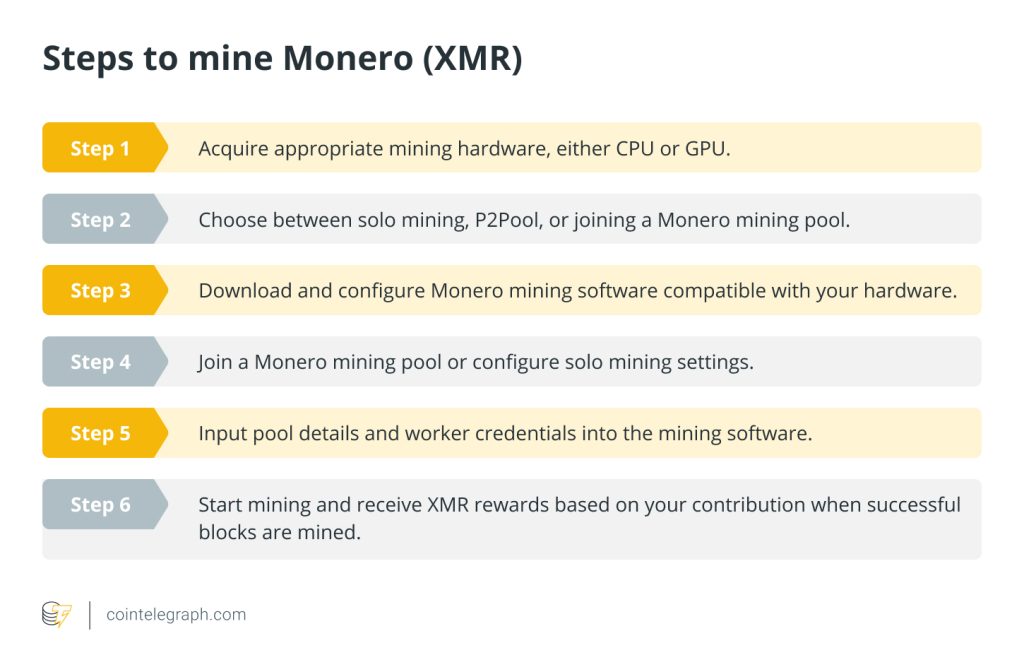
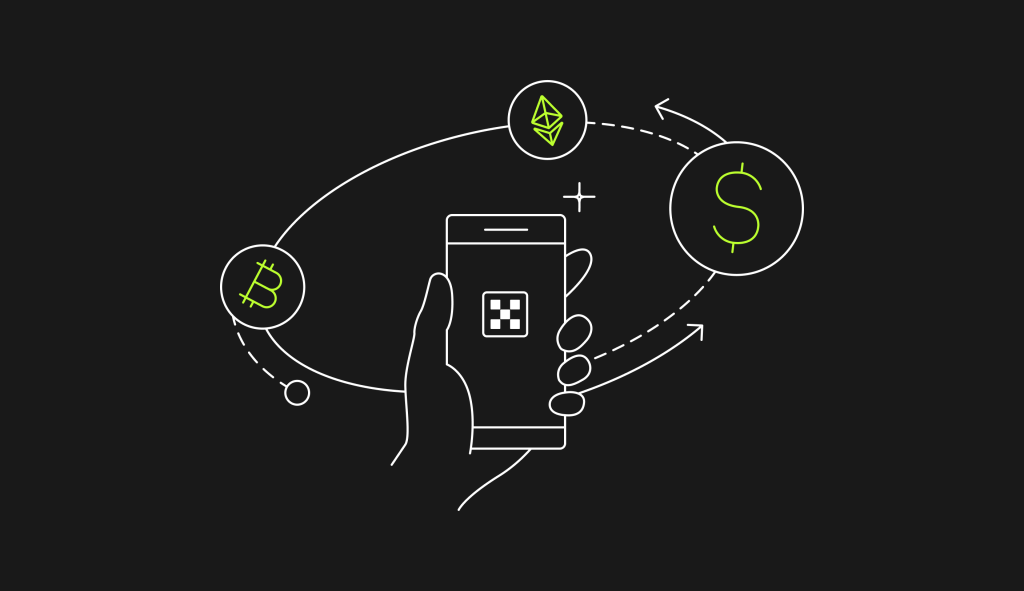
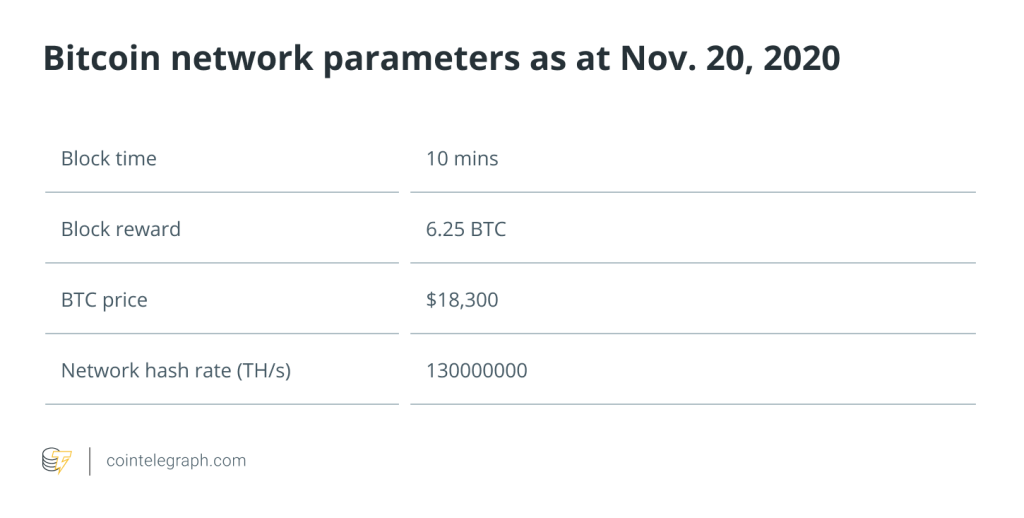
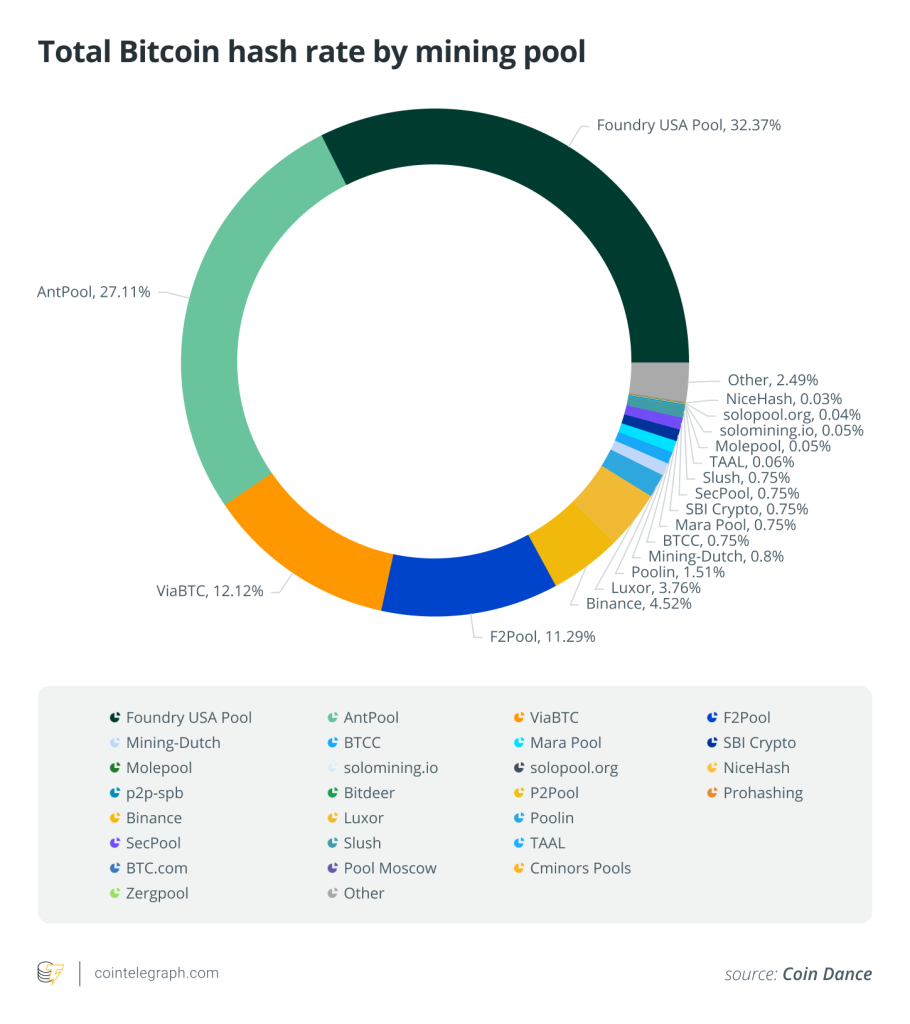
Responses